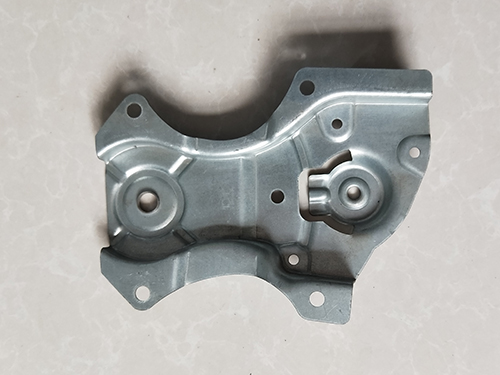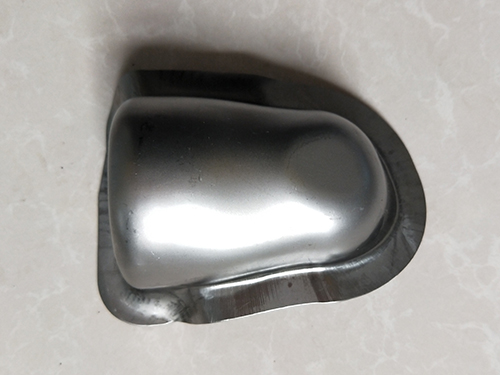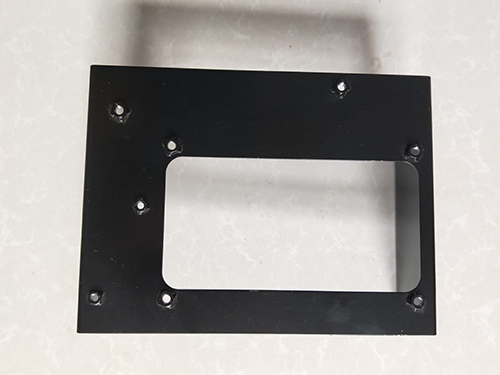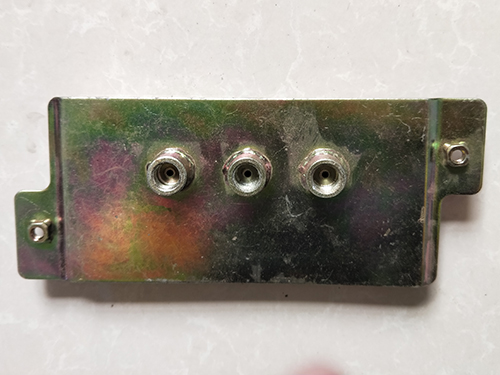Analysis of Requirements and Characteristics for Vehicle Cover Design
Vehicle design includes the design of various aspects of the vehicle body, with the overall requirement of striving for aesthetic appearance, good performance (comfort, performance, visibility, ease of riding and loading/unloading, ease of operation, etc.), good aerodynamic characteristics, easy manufacturing, and convenient maintenance and disassembly while achieving corresponding functions.
In terms of appearance and structure, the car body shell (especially the sedan body shell) is composed of many large covering parts with spatial curved shapes, such as the roof, fenders, and engine hood. For the overall appearance of the vehicle, it is required to be both aesthetically pleasing and streamlined. When designing these large coverings, there are also strict requirements for interchangeability and assembly accuracy, as well as their processability. Therefore, it is required that the curves formed by connecting the points (spatial coordinates) on the surface of the vehicle be repeatedly coordinated on both the longitudinal and transverse sections to make them smooth. The traditional design method has to stipulate that the car body pattern is represented by coordinate grids, but even so, it is not possible to accurately and completely express it solely based on drawings, supplemented by solid models. That is to say, a complete set of physical simulations (such as shape templates and main models) and "shape shifting" (analog transfer) methods are required to express the complex spatial surface shape of the vehicle body. In the stages of product design, production preparation, and production, physical objects can supplement the deficiencies of drawings, and coordinate and verify the coordination between complete sets of process equipment (molds, welding fixtures, etc.) and even between components. The above characteristics determine that the working method of body design is different from other assemblies on the car and forms its own system. This method and its ideas have also become the origin of reverse engineering. So far, body design is also one of the most widely used and mature applications of reverse engineering.
Traditional body design methods
The traditional process of vehicle body (exterior) design. It is divided into two stages: preliminary design and technical design. The entire design process starts with creating a 1:5 clay model and a full-size 3D model, and then the designers manually draw all the body drawings and mold processing drawings based on the clay model. The design process follows the order from outside to inside, from model to drawing, and information is conveyed through physical objects, models, drawings, and templates in the design. This car body design method has the following drawbacks: 1) Any slight changes to the clay model will directly lead to modifications to the main model and a large number of drawings, resulting in cumbersome and difficult design modifications. Especially since the assembly relationship of the body panels is closely linked, and the body drawings are labeled with dimensions based on coordinates, even partial changes in appearance and dimensions can have a chain reaction, causing a significant amount of rework in the drawing work. In the design work of ordinary machinery, drafting work accounts for about 50% -60% of the entire workload, while in traditional car body design work, designers spend the majority of their time engaged in this tedious and repetitive work.
2) There is inevitably a "shape shifting" error in the information transmission between various stages of design and generation preparation, resulting in low accuracy. 3) Long design cycle and high cost. Traditional car body design requires the collaboration of engineering technicians, graphic designers, and workers, and each step also consumes a lot of time and effort. 4) The low degree of generalization and serialization of products is obvious.
The characteristics of modern car body design methods are mainly reflected in: 1) using three-dimensional solid models in computers to replace the main model in traditional design, thus freeing up a large amount of manpower from tedious labor such as drawing, sampling, surface making, and model making. 2) Improved the credibility of automotive product planning, enabling collaborative work among design, process, mold design, and manufacturing personnel. 3) By fully utilizing the characteristics of computer computation, the efficiency of automobile body design has been improved and the cycle has been shortened. At present, various CAD/CAM systems used for car body design can automatically generate 2D car body drawings and codes for CNC machining based on 3D solid models. At the same time, when any small changes occur in the 3D model, the system will automatically modify the related drawings and CNC code. It can be seen that in the entire process of vehicle body design, all modules are interrelated and influence each other. Body designers can fully utilize their design ideas and continuously improve the 3D body model, while other tedious drawing and modification work will be automatically completed by computers. 4) Modern car body design methods can optimize the design of car body shapes. By utilizing the solid modeling functions provided by CAD/CAM software, it is possible to construct 3D car body models that approximate reality and are visually intuitive. Designers have selected an ideal design solution that combines multiple advantages through analogies of various shapes. And the remaining body models are also saved in a body database for future modification designs of the body. At the same time, the database also realizes the generalization and serialization of vehicle body parts. The adoption of this method by major automobile companies not only reduces the cost of body design, but also enhances the competitiveness of automotive products in the fiercely competitive automotive market.







